

Ben Zachariah
Move over, Patrol: New-era Ford Maverick SUV imagined
12 Hours Ago

Marketplace Journalist
Hyundai is about to reveal its largest electric vehicle (EV) yet.
The 2025 Hyundai Ioniq 9 was spotted driving on a Californian highway by KindelAuto ahead of an expected reveal this year.
Hyundai Australia has previously confirmed the new flagship SUV would come here during 2024. It also said last year it planned to sell 6000 Ioniq-branded EVs in 2024.
While the vehicle is wearing thick black camouflage, the lighting elements front and rear are largely exposed.
We can also see the curved roofline, as well as black plastic wheel arch cladding.
Overseas reports have indicated that the vehicle, previously set to be named the Ioniq 7, may instead be called Ioniq 9.
That would align it with the boxier Kia EV9, which it’s expected to be similarly sized to. It’ll be underpinned the same E-GMP underpinnings, and Hyundai has indicated it will ride a massive 3200mm wheelbase.
Earlier this year, the Ioniq 9 was photographed parked next to a DC fast charger in Europe. Glimpses of the interior revealed a resemblance to the new Santa Fe‘s cabin, with what appears to be the same steering wheel as well as a similar dual-screen setup.
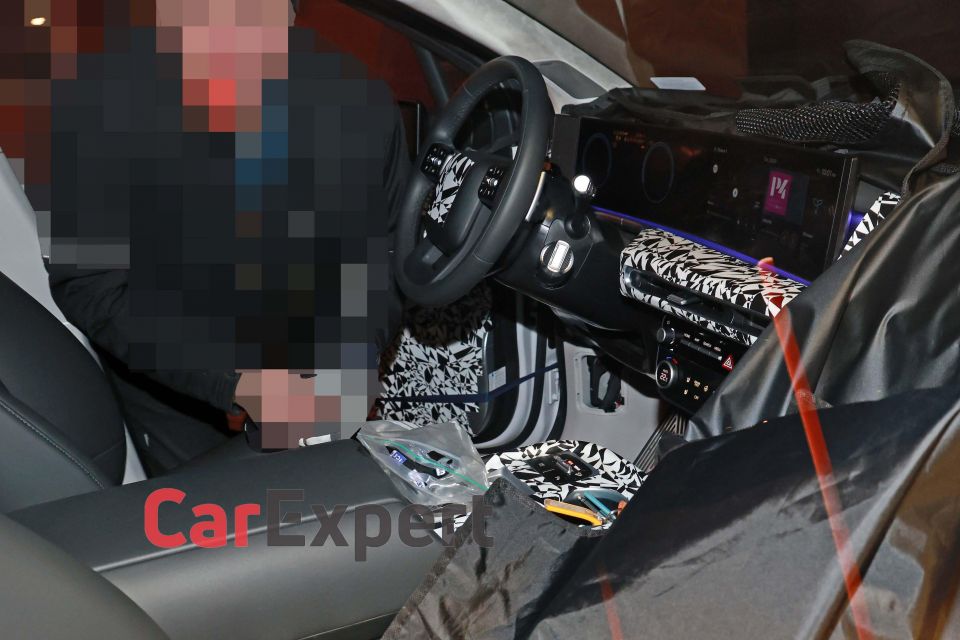
Other aspects like the door trims bear a resemblance to existing Hyundai EVs like the Ioniq 5.
The centre tunnel features buttons for functions like auto hold, the cameras, and the parking sensors. There’s also a toggle for drive mode selection, but no shifter – that, as with other recent Hyundai products, is instead mounted on the steering column.
However, we do know the final product should draw heavy inspiration from the 2021 Seven Concept.
While the production vehicle doesn’t stray too far from the Seven concept at the front in its overall shape, the tailgate and tail lights appear to have been completely restyled.
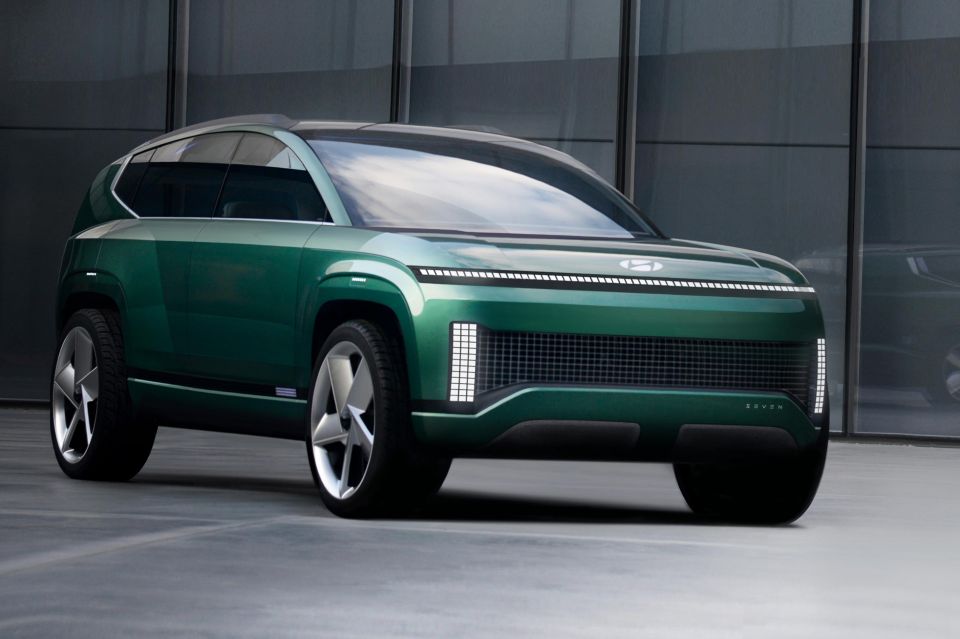

It’s unclear what powertrain options and range the Ioniq 9 will offer, however the Seven concept had “more than 480km” of range.
The related Kia EV9 opens with a single-motor rear-wheel drive Air variant with 160kW of power and 350Nm of torque.
The claimed 0-100km/h time is 8.2 seconds, while there’s a 76.1kWh lithium-ion battery providing 443km of WLTP range.
Both the Earth and GT-Line get a dual-motor all-wheel drive drivetrain, with 141kW/350Nm electric motors mounted to each axle – system outputs are 283kW/700Nm.
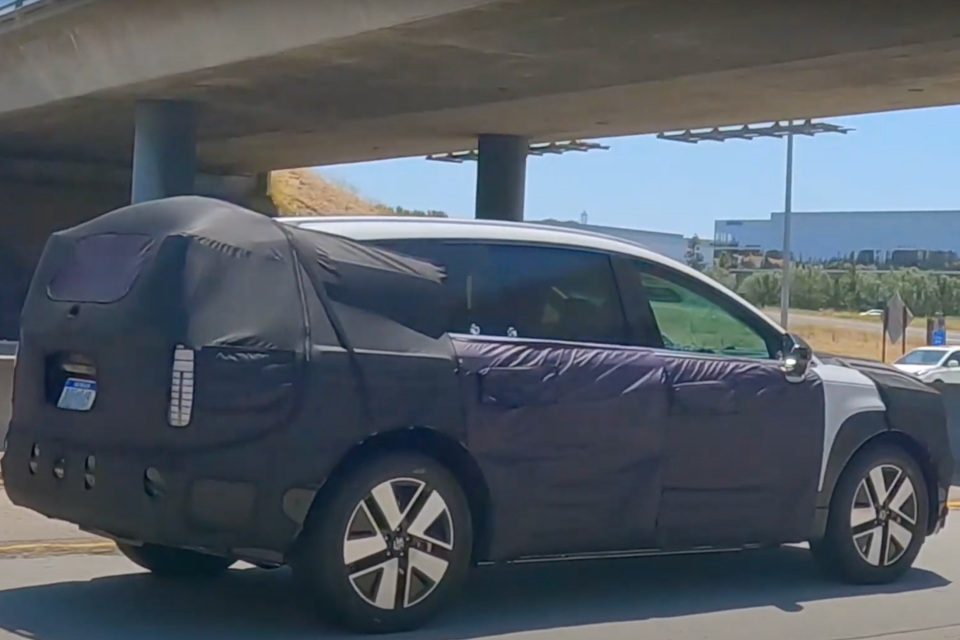
These AWD models score a Long Range battery with 99.8kWh of capacity granting them WLTP range of 512km.
All EV9s feature an 800V electrical system.
Quoted 0-100km/h acceleration times differ slightly for the AWD models: the Earth takes a claimed 6.0 seconds and the GT-Line cuts that to 5.3 seconds.
Another question mark over the new Hyundai SUV is its price, though again we can look to its Kia cousin for a potential guide.
Prices for the EV9 start from $97,000 before on-road costs and stretch to $121,000 before on-roads.
MORE: Everything Hyundai
Where expert car reviews meet expert car buying – CarExpert gives you trusted advice, personalised service and real savings on your next new car.
Tyra Lawler-Cass is a marketplace journalist based in Sydney, Australia. She studied PR & Social Media and Creative Writing at Macquarie University and has a passion for fast, luxury cars. She loves to travel and is always down to dine out.


Ben Zachariah
12 Hours Ago


Damion Smy
13 Hours Ago
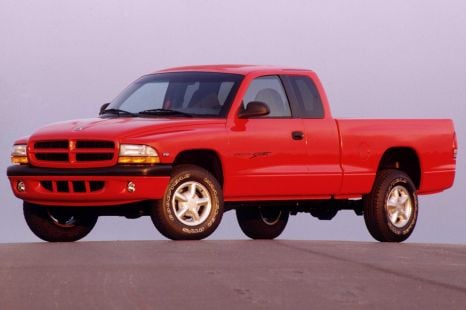

Derek Fung
13 Hours Ago


Ben Zachariah
14 Hours Ago
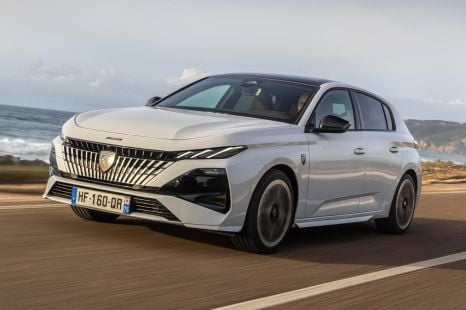

Matt Robinson
20 Hours Ago
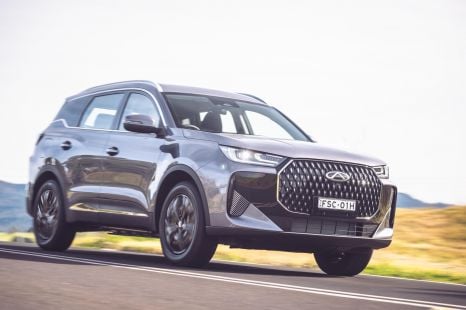

CarExpert.com.au
1 Day Ago